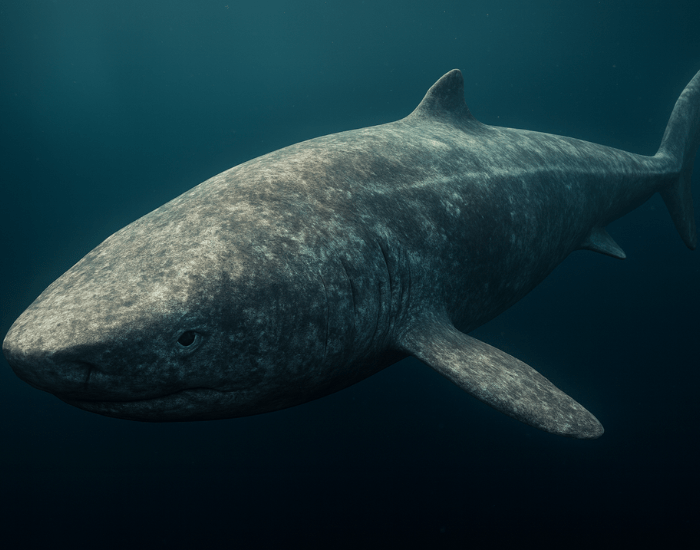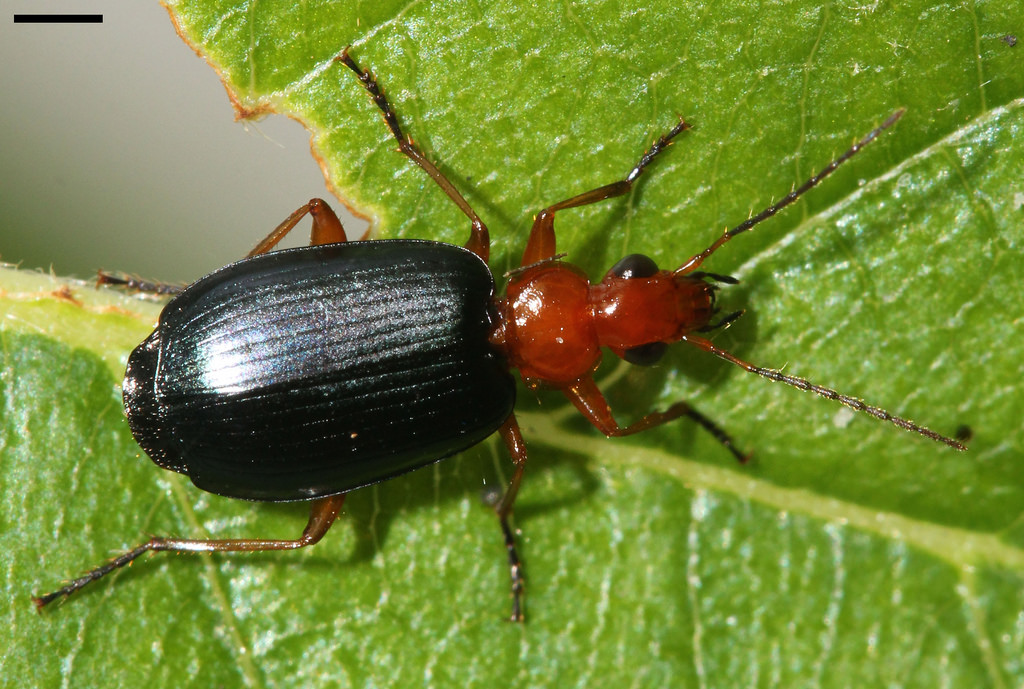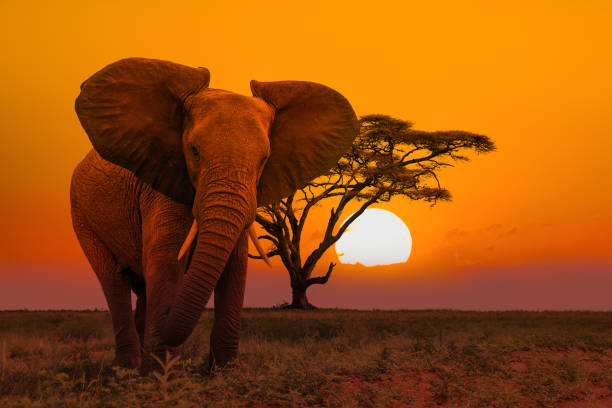Beneath the endless blue lies a world of quiet immortality—a realm where time itself seems to drift, unhurried, between waves. The ocean, vast and ancient, shelters some of the longest-living creatures on Earth. While humans measure their lives in decades, these beings measure theirs in centuries. Some have lived through the rise and fall of empires, the evolution of species, and the birth of entire ecosystems.
To gaze into the deep is to glimpse eternity. In the dark silence below, corals glow softly, sharks cruise like living relics, and clams whisper stories older than civilization. Each heartbeat, each slow pulse of life beneath the waves, is a testament to the ocean’s enduring rhythm.
Let us dive into the mysterious depths and meet ten oceanic marvels that have defied time itself—the ancient survivors that embody the very soul of longevity.
1. Greenland Shark – The Timeless Wanderer
In the cold, shadowy waters of the North Atlantic, an ancient giant drifts in near silence. The Greenland shark, slow and enigmatic, is the oldest known vertebrate on Earth. Some individuals are believed to be over 400 years old, born long before the United States existed, before Newton wrote his laws of motion, before Galileo turned his telescope toward the stars.
Scientists discovered this remarkable longevity by analyzing the shark’s eye lenses, which contain proteins that do not change after formation. Using radiocarbon dating, researchers found that the oldest Greenland sharks likely hatched in the early 1600s.
These sharks grow slowly—just about one centimeter per year—and may not reach sexual maturity until they are over 150 years old. Their sluggish metabolism, the icy temperatures of their habitat, and their lack of natural predators contribute to their extraordinary lifespan.
Greenland sharks live deep, often more than 2,000 meters below the surface, in near-freezing darkness. They glide through history unnoticed, feeding on fish, seals, and sometimes carrion. To encounter one is to meet a ghost of the deep—an ancient memory that still breathes.
2. Ocean Quahog (Arctica islandica) – The Silent Timekeeper
On the seafloor off Iceland, buried beneath sand and sediment, lies one of the most unassuming yet astonishing creatures of the sea—the Ocean Quahog. This small clam has become a symbol of longevity, with some individuals known to live for over 500 years.
In 2006, scientists discovered a clam nicknamed “Ming” because it was born around 1499, during China’s Ming Dynasty. Ming lived for more than five centuries before researchers accidentally ended its life while studying it. Inside its shell, layer upon layer of growth rings revealed a lifetime longer than most human civilizations.
Ocean quahogs live slow, steady lives. They burrow, filter-feed, and endure the passing centuries in the cold, nutrient-rich waters of the North Atlantic. Their secret lies in their metabolism—exceptionally slow and efficient, perfectly tuned for endurance rather than speed.
They are natural record-keepers, each shell recording environmental changes year by year. In studying them, scientists can trace shifts in ocean temperature and chemistry over hundreds of years. The Ocean Quahog is more than an animal; it is a living archive of Earth’s memory.
3. Bowhead Whale – The Arctic Ancestor
Massive, majestic, and wrapped in blubber thicker than any other whale’s, the Bowhead whale reigns as the Arctic’s eternal guardian. These leviathans can live for more than 200 years, possibly up to 211 years, making them the longest-living mammals on Earth.
Unlike most whales, bowheads spend their entire lives in Arctic and sub-Arctic waters, enduring extreme cold and crushing ice. Their resilience is astonishing. Embedded in their bodies are stories of survival—some have been found with harpoon fragments from 19th-century whaling expeditions still lodged in their flesh.
Scientists have found that bowhead whales have unique genes related to cell repair, DNA maintenance, and resistance to cancer—keys that may one day illuminate the secrets of aging for humans.
They are peaceful giants, feeding on plankton through enormous baleen plates and singing low, haunting songs that echo through the ice. Their eyes have witnessed the world’s frozen frontiers for centuries, their voices perhaps older than the nations that now sail those seas.
4. Red Sea Urchin – The Ancient Forager
Hidden among kelp forests along the Pacific coast, the Red Sea Urchin appears simple—spiny, slow, and small. Yet beneath that crimson armor lies a biological marvel. These creatures can live for more than 200 years, their lives stretching back across centuries of tides.
Red Sea Urchins thrive in cold, stable environments, feeding mainly on algae. Their longevity stems from their ability to repair cells efficiently and avoid diseases common in aging. Even when they grow old, they show few signs of decline.
Their spines regenerate, their organs remain functional, and they continue to reproduce throughout life. They do not age in the conventional sense—what scientists call “negligible senescence.” In simpler terms, time forgets them.
The Red Sea Urchin embodies the ocean’s quiet resilience. It reminds us that sometimes the secret to a long life isn’t speed or size, but balance—a steady harmony with the world around you.
5. Rougheye Rockfish – The Old Soul of the Pacific
Deep in the Pacific’s rocky reefs lives a fish whose eyes seem to hold the memory of centuries. The Rougheye Rockfish, named for the spiny ridges beneath its eyes, can live up to 205 years.
Found from California to Japan, this slow-growing fish spends much of its life near the seabed, inhabiting dark crevices and cold waters. Like many long-lived creatures, it matures late—sometimes not until 20 years of age—and grows slowly but steadily.
Scientists discovered its age by studying otoliths, the ear bones that record annual growth rings much like trees. Some specimens have revealed lifespans stretching back to the early 1800s.
Rougheye Rockfish live quiet, contemplative lives. Their longevity is thought to be tied to cold temperatures and a slow metabolism. They are patient hunters, waiting motionless before striking at small fish or shrimp. In their stillness lies wisdom—the wisdom of time unhurried.
6. Glass Sponge (Anoxycalyx joubini) – The Frozen Immortal
In the frozen waters beneath Antarctica’s ice shelves, there exists a creature of glass—a delicate lattice of silica and life. The Glass Sponge looks fragile, almost otherworldly, yet it may live for more than 10,000 years.
These sponges grow incredibly slowly, often just millimeters per year. Their skeletons, made of silica, form intricate networks that provide stability and support. Within them, tiny microbial symbionts thrive, forming a miniature ecosystem that sustains the sponge through centuries of stillness.
Because of their deep, cold habitat and nearly static existence, glass sponges have virtually no predators. Their cells divide infrequently, and their biological activity is minimal—allowing them to persist for millennia.
If confirmed, they would rank among the oldest living organisms on the planet. The Glass Sponge is like a cathedral beneath the ice—silent, shimmering, eternal. It stands as proof that life’s beauty often blooms in the slowest, quietest corners of creation.
7. Giant Tortoise of the Sea: The Immortal Coral Reefs
While corals might seem like colorful rocks, they are colonies of tiny living organisms—polyps—that have collectively built structures capable of outliving entire civilizations. Some coral reefs are over 5,000 years old, continuously growing, regenerating, and evolving.
Individual coral colonies, such as Porites species in the Pacific Ocean, have been dated at more than 4,000 years old. Each generation of coral builds upon the skeletons of its ancestors, forming towering underwater cities that shelter millions of species.
Corals achieve this longevity by reproducing both sexually and asexually, maintaining genetic continuity over millennia. They are also masters of regeneration, able to heal from injury and recover from bleaching if conditions improve.
Coral reefs are the lungs and memory of the ocean—ancient, beautiful, and heartbreakingly fragile. They remind us that immortality is not invincibility; it depends on balance and care.
8. Greenland Right Whale – The Arctic Survivor
Closely related to the Bowhead, the Greenland Right Whale (also called the North Atlantic Right Whale) is another leviathan of time. Though their numbers have tragically declined, these whales are believed to live for 150 to 200 years.
They inhabit cold waters and move slowly through icy seas, feeding on plankton with their massive mouths. Like the Bowhead, their long lives are supported by slow metabolism and genetic adaptations for cellular repair.
Historical records and embedded harpoons have shown that some individuals alive today were swimming in the 1800s. They have seen the whaling era rise and fall, and still, they endure—gentle witnesses to human history.
Their eyes, dark and intelligent, reflect centuries of Arctic silence. Every breath they take, every slow rise through the ice, seems to whisper resilience.
9. Orange Roughy – The Ghost of the Deep
In the twilight zones of the ocean, thousands of meters below the surface, swims one of the most ancient fishes known—the Orange Roughy. Though small and unassuming, this deep-sea fish can live up to 250 years.
Its longevity was discovered only recently, after decades of commercial fishing nearly wiped out populations before scientists realized how slowly it reproduced. The Orange Roughy doesn’t mature until it’s around 30 years old, and females lay eggs only once a year.
Their deep, dark habitat shields them from predators but not from human exploitation. Today, the species is a symbol of conservation awareness—proof that ancient creatures cannot quickly recover from modern greed.
Their flesh, once prized, carries the weight of centuries. To eat one is to consume time itself—a sobering thought that has led many countries to restrict Orange Roughy fishing.
10. The Immortal Jellyfish (Turritopsis dohrnii) – The Circle Without End
At last, we arrive at the most poetic of all ocean immortals—the tiny, translucent being that may never truly die. The Immortal Jellyfish, Turritopsis dohrnii, has achieved what humanity has dreamed of since the dawn of consciousness: biological immortality.
Native to the Mediterranean but now found worldwide, this jellyfish possesses an astonishing ability. When injured, stressed, or near the end of its life cycle, it can revert its cells to an earlier stage—transforming itself from an adult back into a polyp, essentially starting life anew.
This process, called transdifferentiation, allows it to escape death indefinitely, at least in theory. In the wild, most die from predation or disease, but in controlled environments, they can cycle through life and rebirth countless times.
The Immortal Jellyfish represents a paradox: the smallest creature on our list holds the greatest secret of all—the possibility of endless renewal. In its gentle pulsations lies a truth both humbling and profound: life’s most enduring power is not strength, but transformation.
The Science of Longevity Beneath the Waves
What allows these ocean dwellers to live so long? Scientists have uncovered several key factors:
Cold temperatures slow metabolism, reducing cellular damage over time.
Stable environments protect them from stress and predation.
Efficient DNA repair systems and anti-oxidative defenses minimize aging.
Many deep-sea and polar species experience “negligible senescence,” meaning they show little or no signs of aging.
But beyond the biology lies something deeper—an evolutionary wisdom honed by eons of survival. The ocean rewards patience, balance, and resilience. Those who live in harmony with its slow rhythms endure.
The Ocean as a Mirror of Eternity
When we think of the ocean, we often think of motion—the crashing of waves, the dance of tides. But beneath that restless surface lies stillness, a timeless dimension where life persists in forms almost immortal.
These ancient creatures are not just curiosities; they are reminders. They tell us that longevity is not about escaping death, but about mastering the art of existence. Each of them, from the silent clam to the whispering whale, is a chapter in Earth’s epic story of endurance.
They have outlived empires, survived ice ages, and borne witness to the evolution of humanity itself. Yet their fates now intertwine with ours. Climate change, pollution, and overfishing threaten even the oldest souls of the sea.
To protect them is to honor time itself—to guard the living chronicle of our planet’s memory.
The Endless Blue
The ocean does not rush. It moves with the patience of eternity, nurturing beings that have turned survival into an art. The Greenland shark still glides through the deep, as it did when Shakespeare’s quill first touched parchment. Coral reefs still pulse with the breath of ancestors long gone.
In every ripple and current, the ocean whispers an ancient truth: that time, when lived in balance, can become infinite. These creatures are not merely old—they are eternal echoes of what life can be when it flows, quietly and courageously, with the rhythm of the sea.






